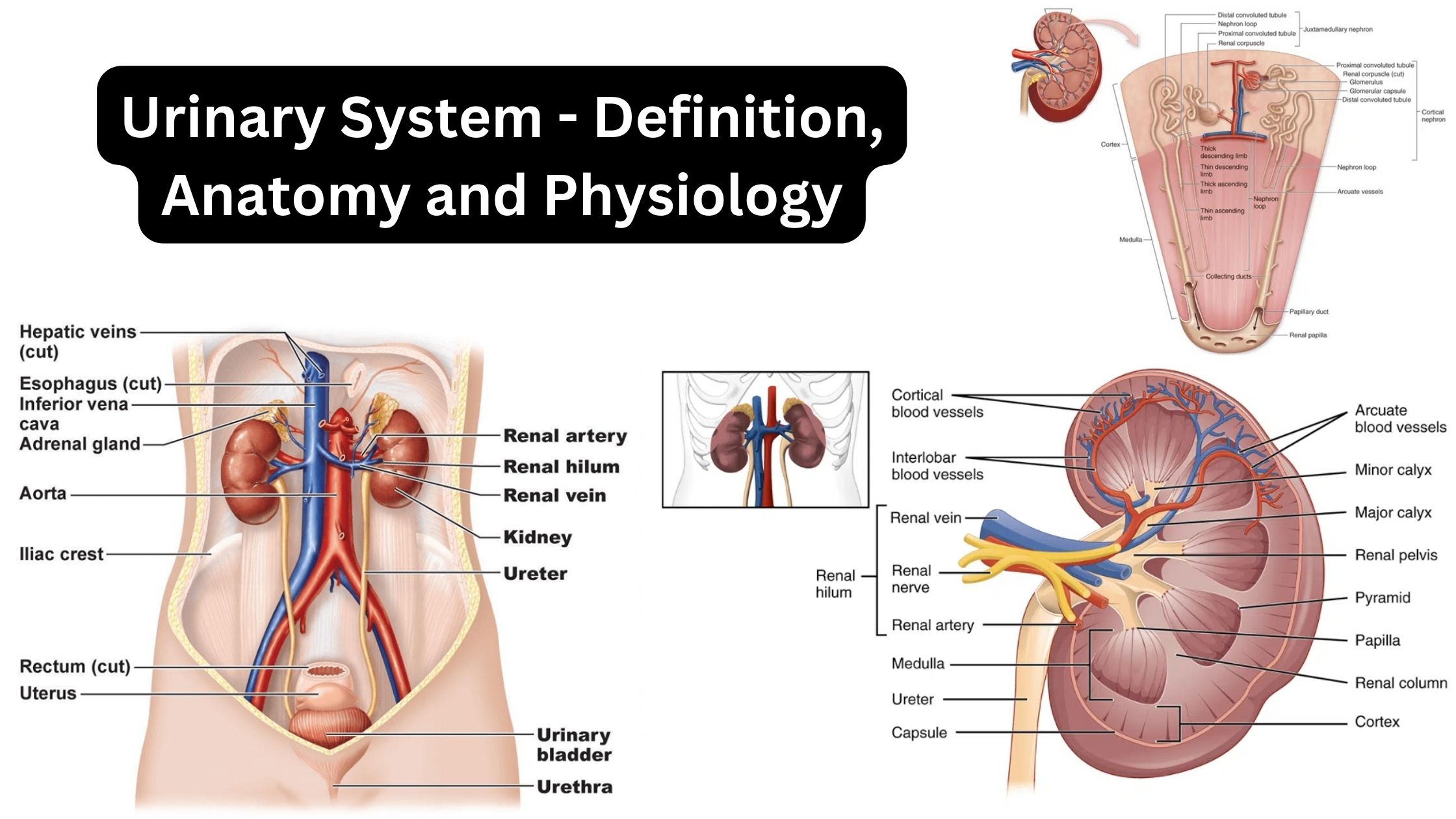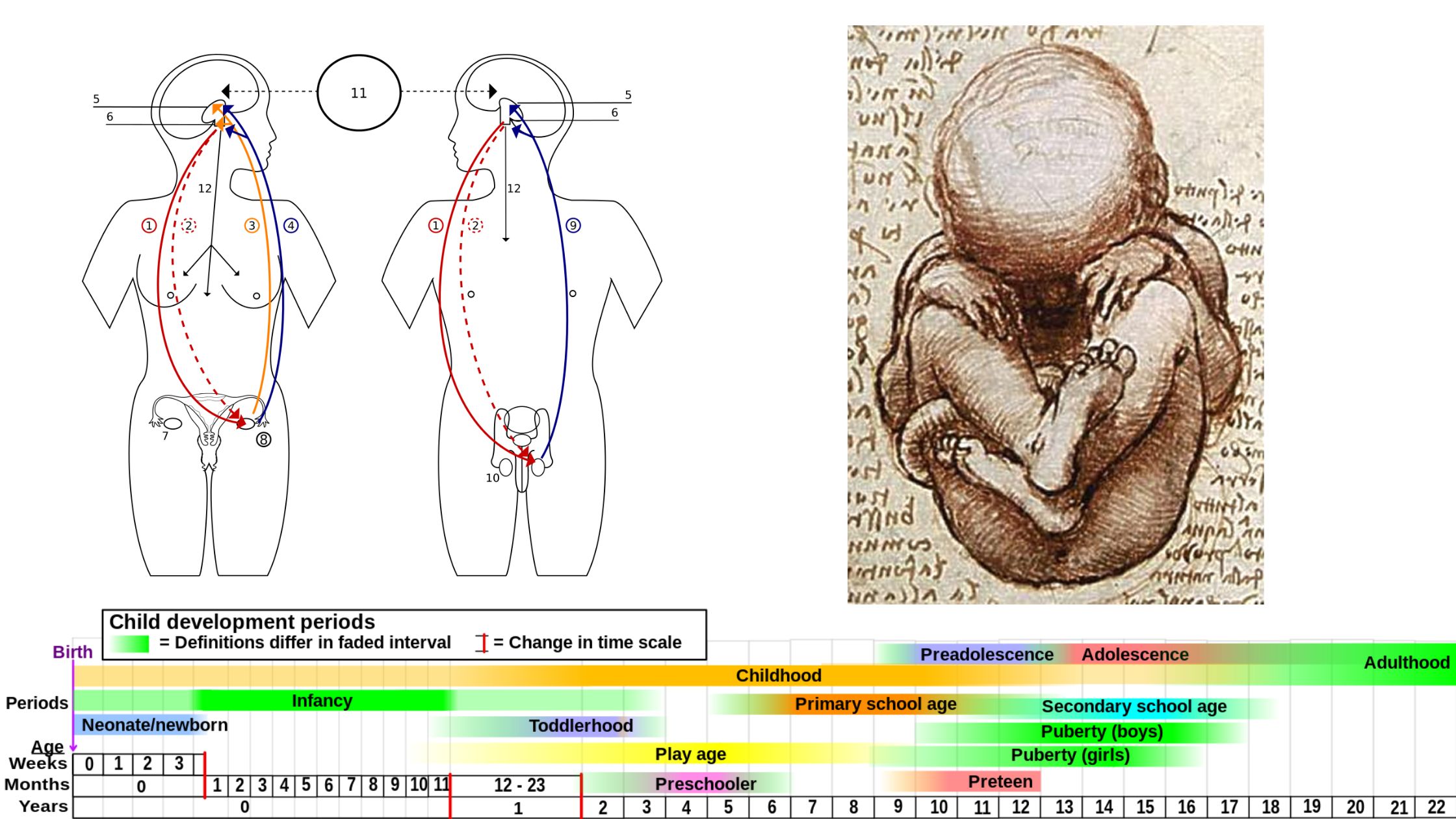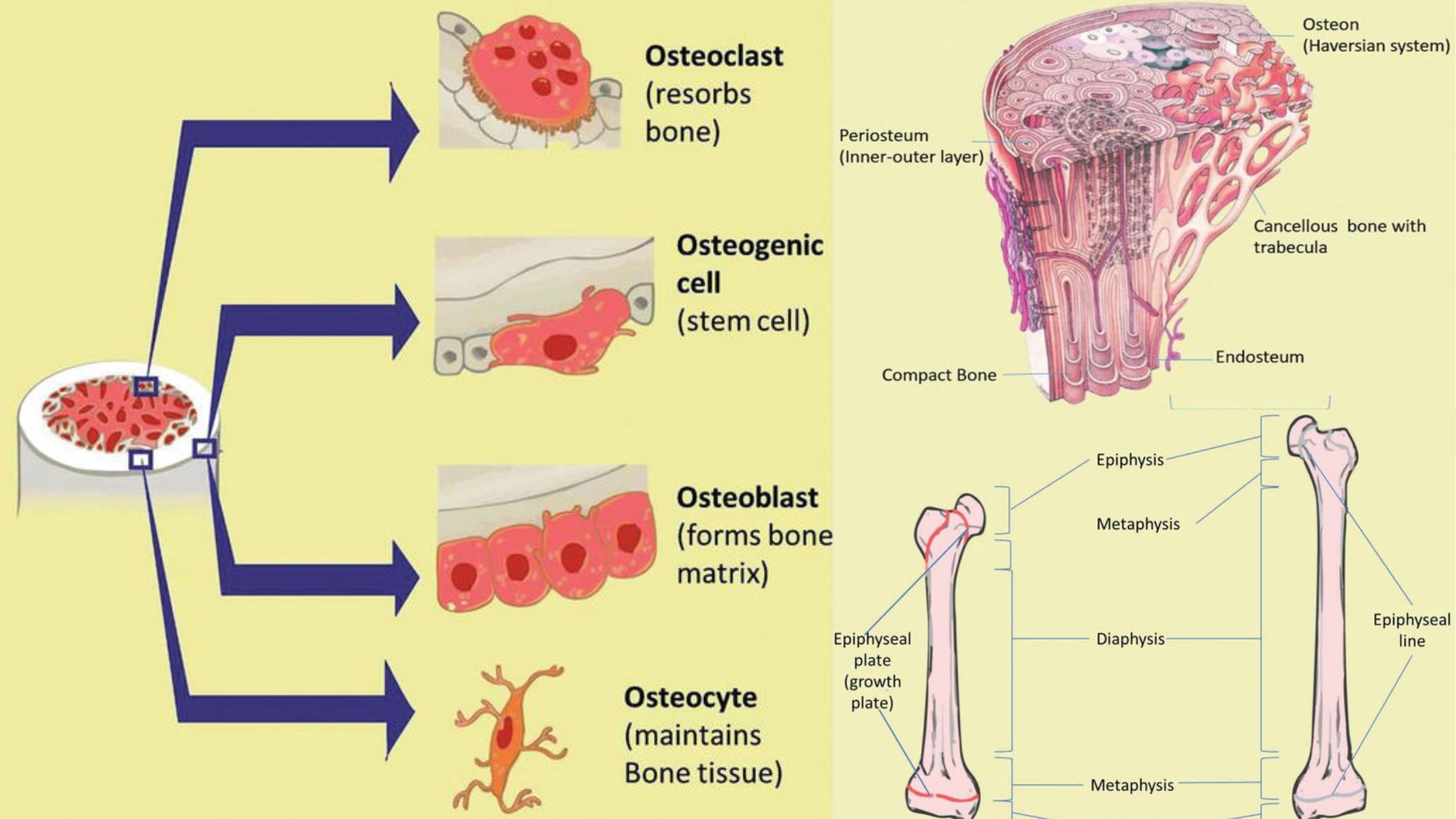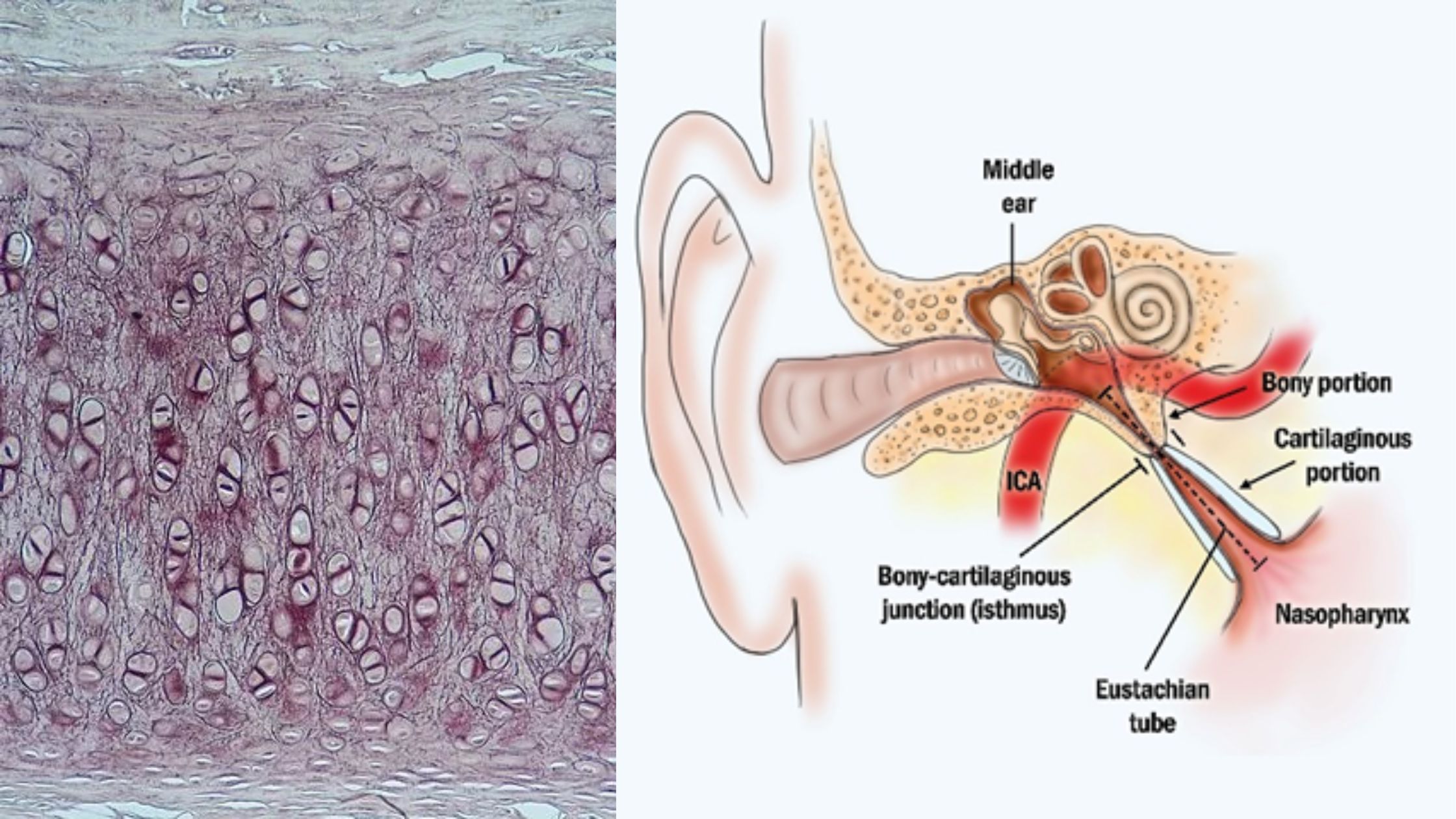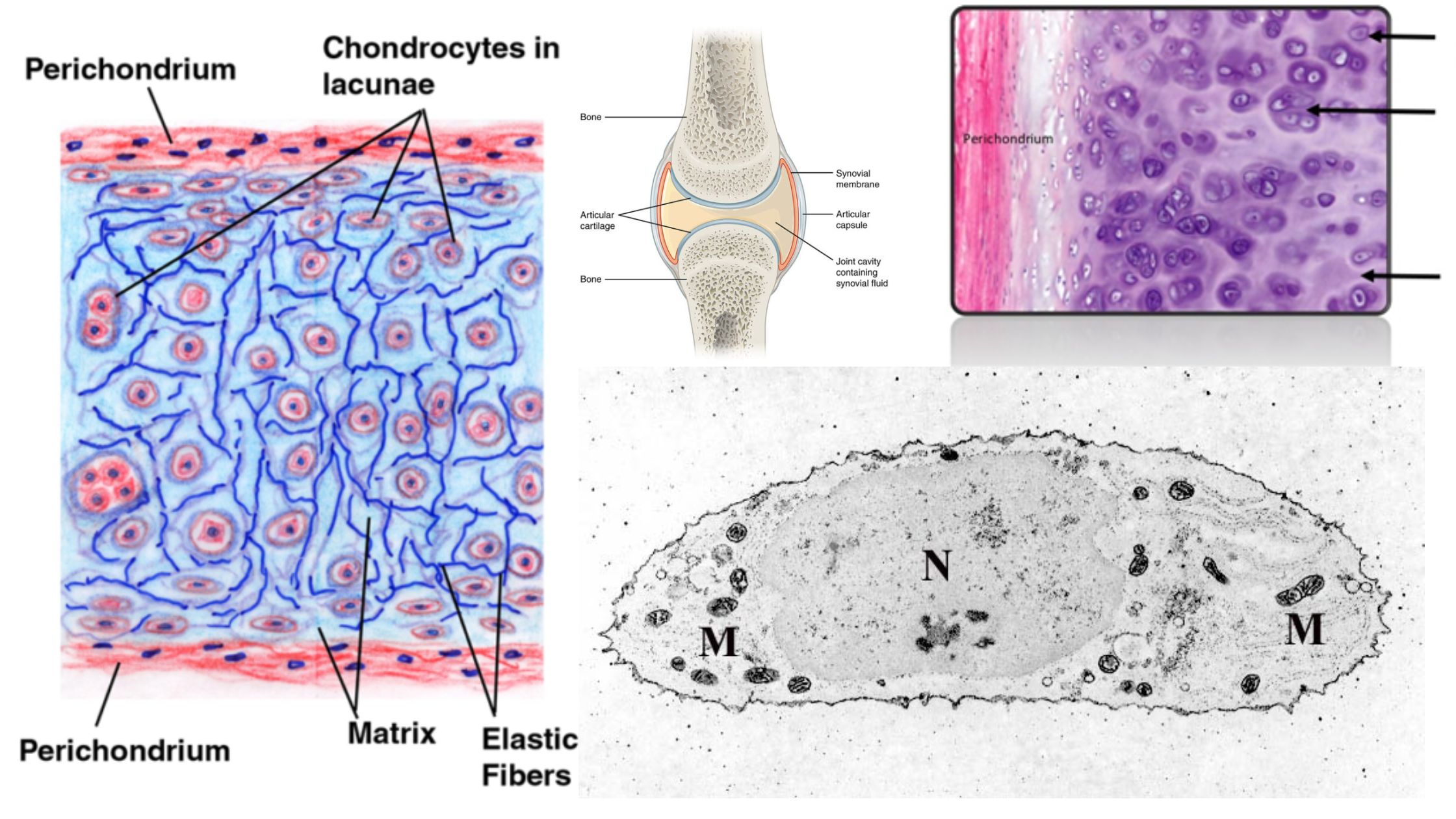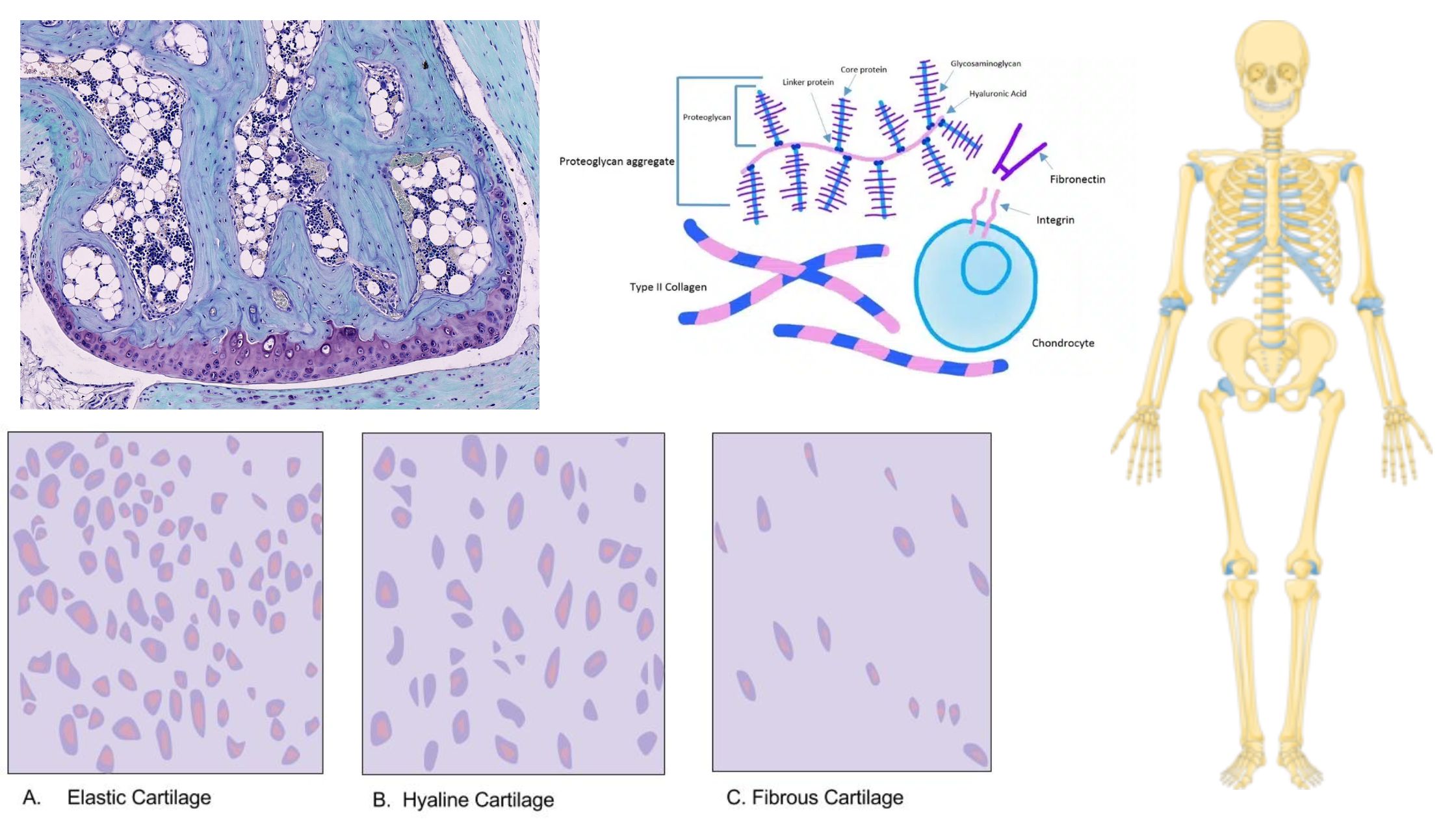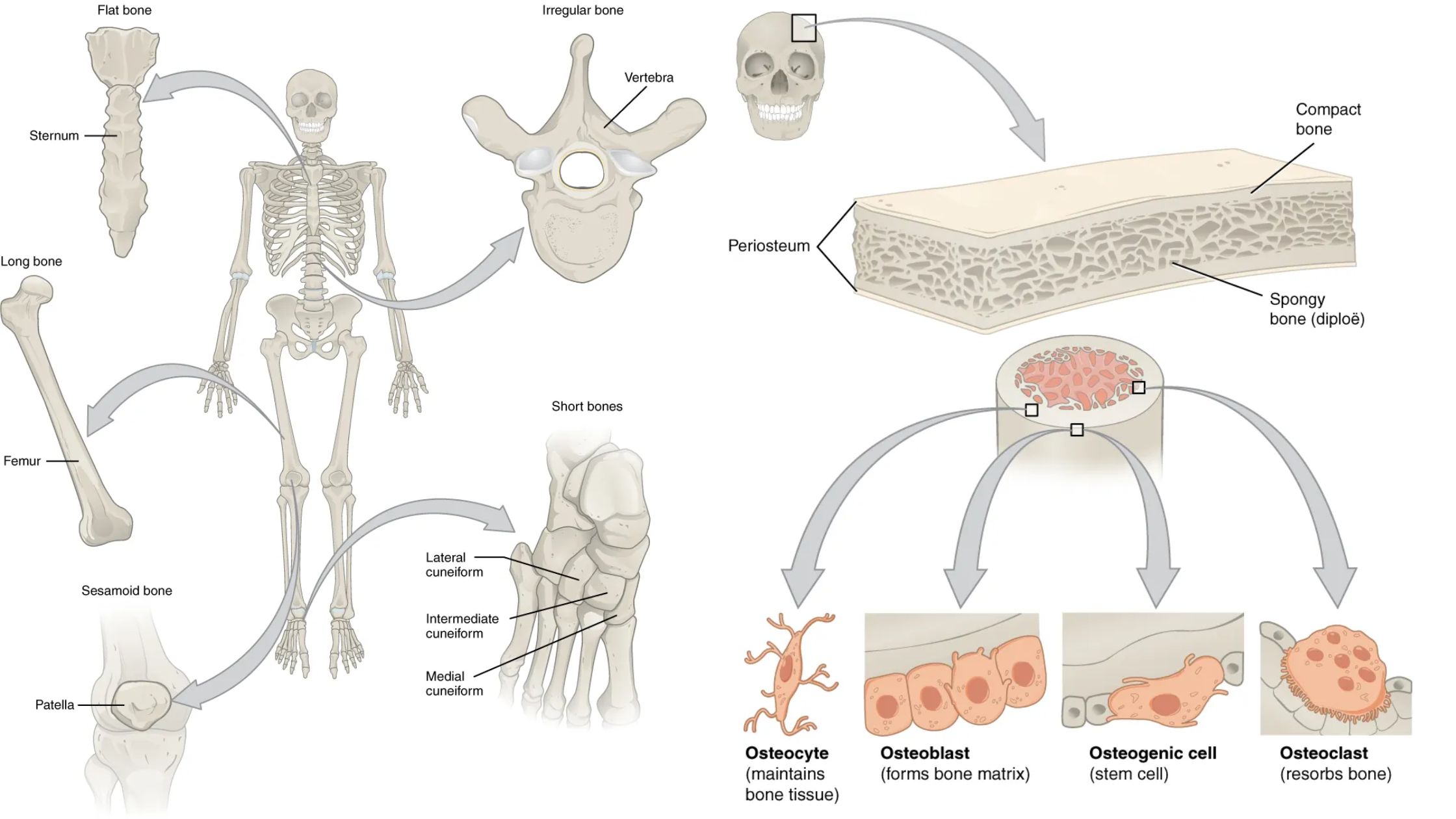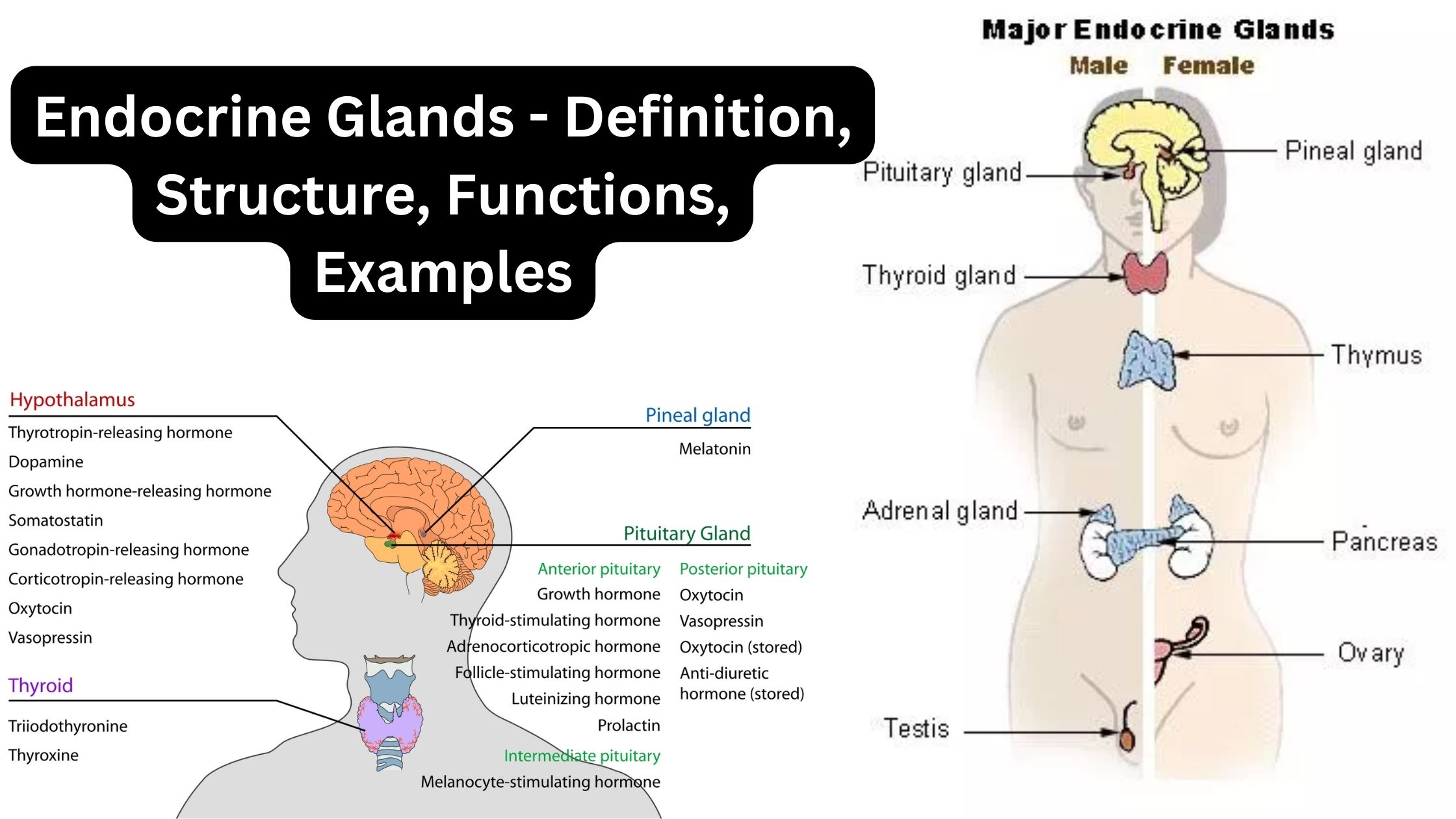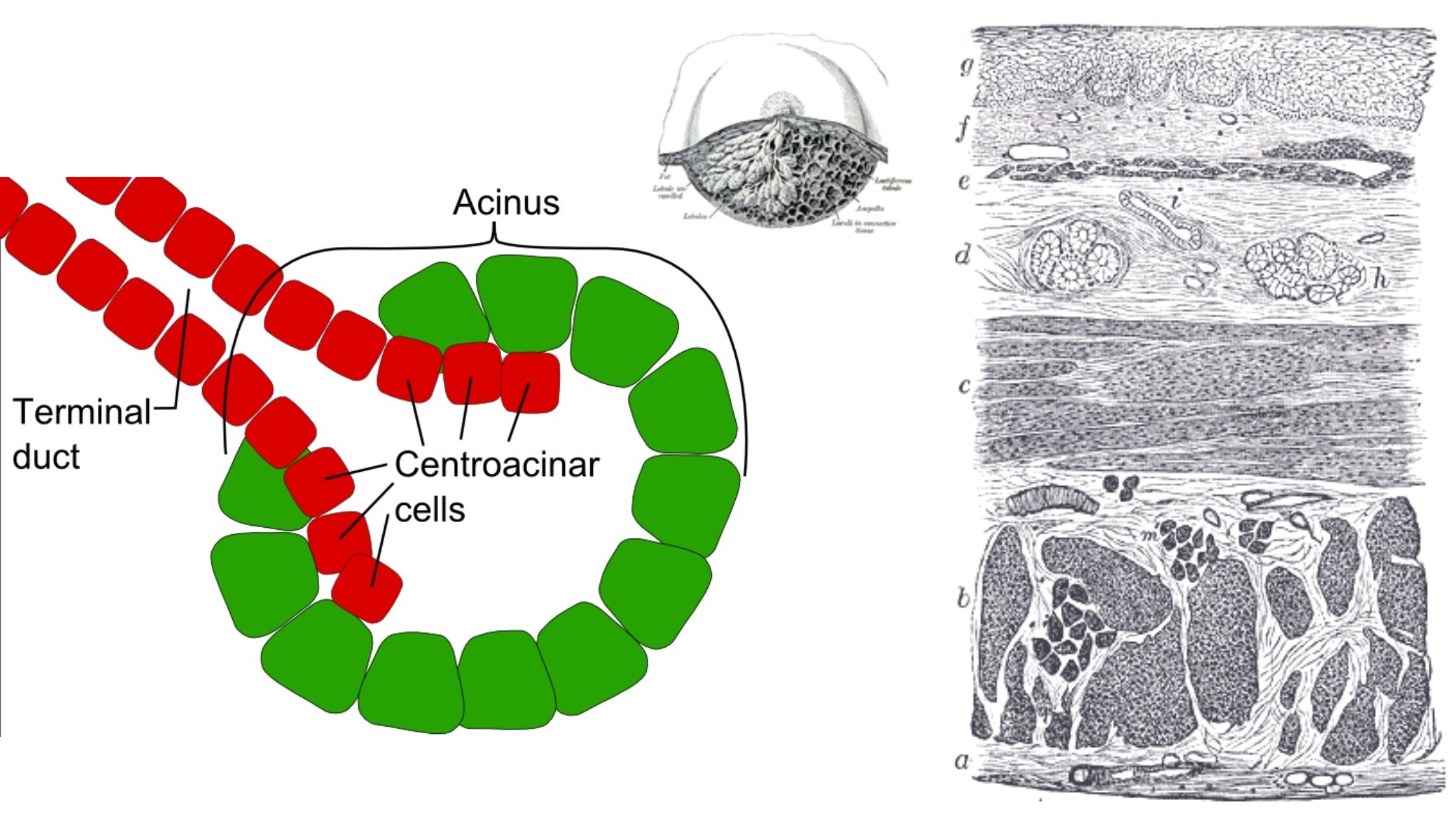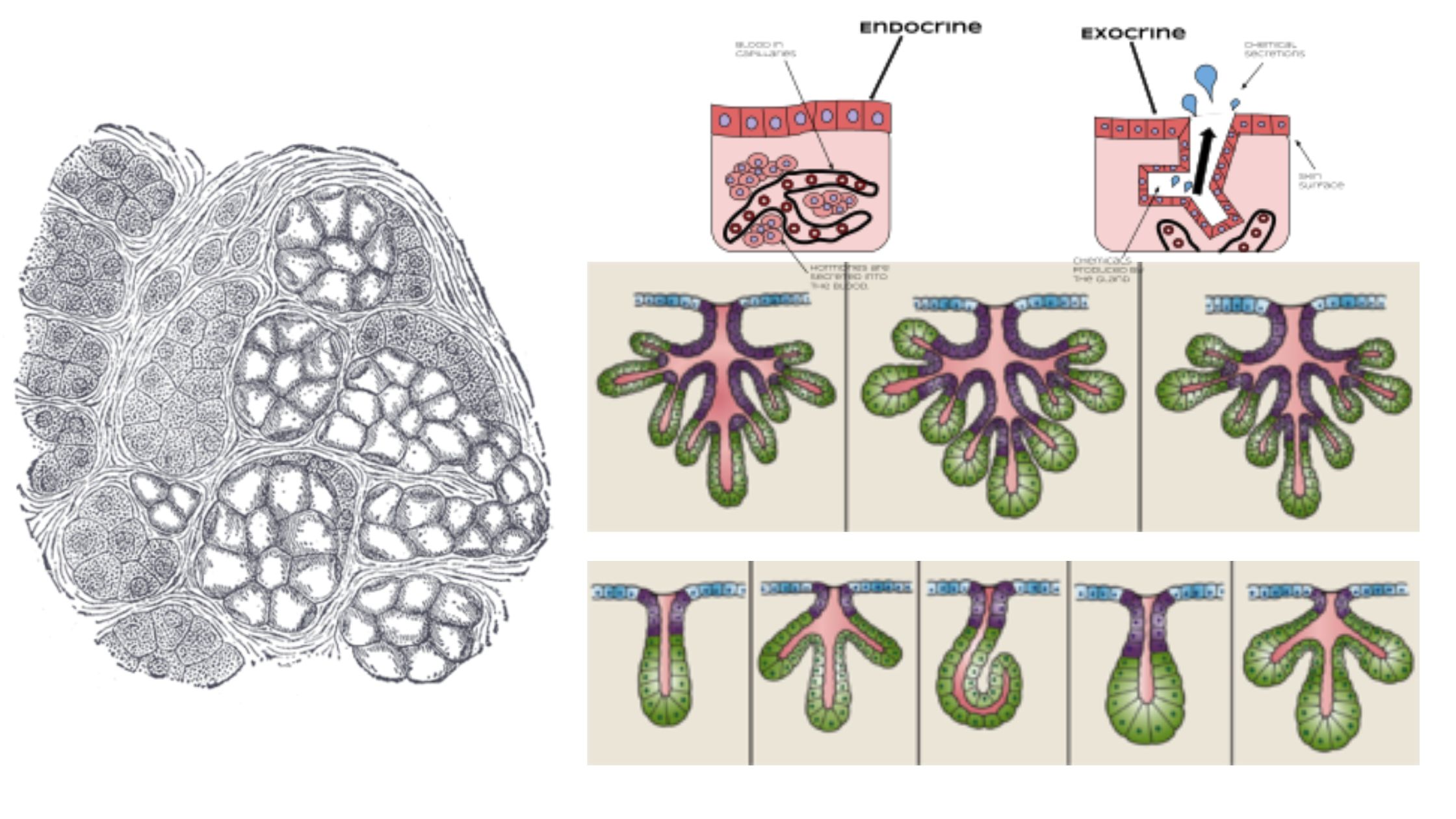Urinary System – Definition, Anatomy and Physiology
What is Urinary System? Definition of Urinary System The urinary system is a collection of organs, including the kidneys, ureters, bladder, and urethra, that work together to eliminate waste from the body, regulate fluid balance, and maintain the chemical stability of the body. Anatomy of the Urinary System Two kidneys, two ureters, a urinary bladder, … Read more
